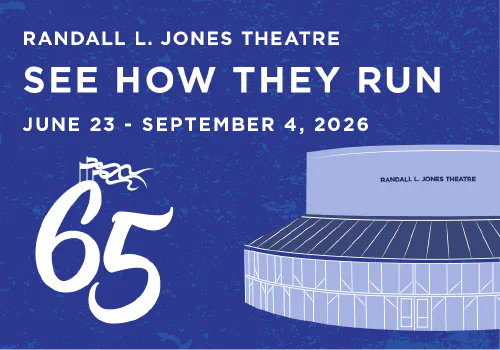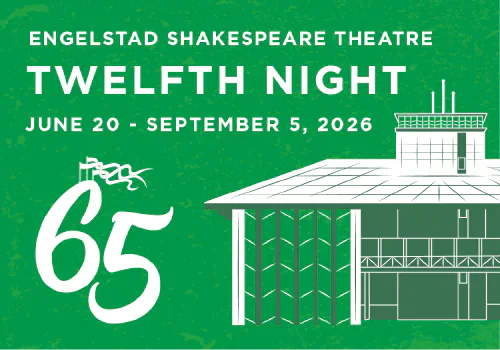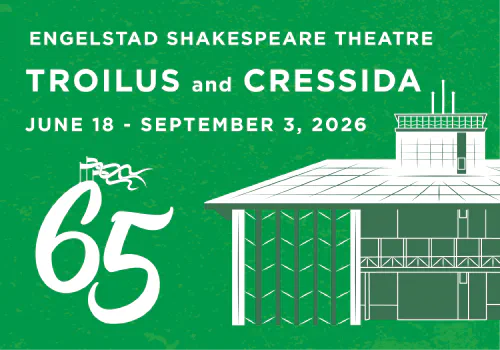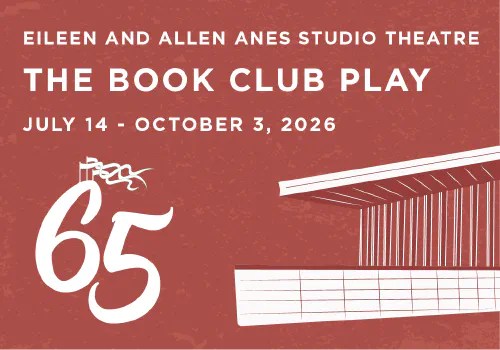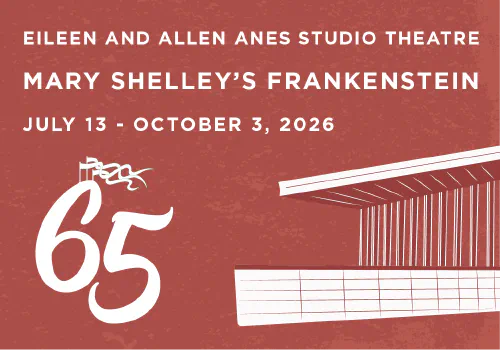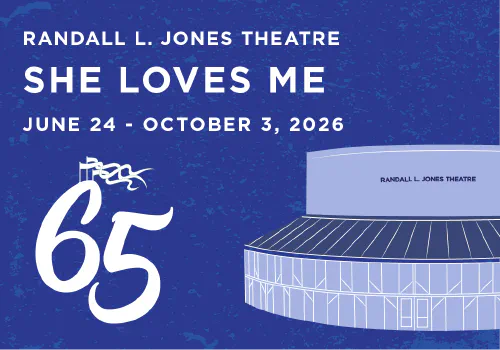By Jerry L. Crawford
In 1994, when I retired from the University of Nevada at Las Vegas, I also “retired” from writing articles for Utah Shakespeare Festival publications. However, this year, Bruce Lee, Festival publications director, and Ace Pilkington, literary seminar director, prevailed upon me for one return effort with Damn Yankees. Why did I agree to this brief return as essayist? The answer is in my love of both theatre and baseball, two diverse activities brought together in Damn Yankees.
In 1947 (when I was thirteen years old), my father introduced me to fellow Iowan, Bob Feller, destined to become a Hall of Fame pitcher for the Cleveland Indians. At that moment, I became a loyal fan of Bob’s team. In 1948, the Indians won the American League pennant and the World Series championship. There followed forty-one years of frustration and disappointment. In recent years, the “Tribe” has redeemed itself for those four decades of agony, an agony much like that felt by legions of Chicago Cubs fans and Boston Red Sox fans, for example, and, once upon a time, by faithful followers of the old Washington Senators, such as Joe in Damn Yankees.
In August 1955, I made my first journey to New York City and Broadway. My first theatre experience there was Cat on a Hot Tin Roof–I was enthralled. My second theatre experience there was Damn Yankees–another indelible experience. And this year at the Festival, you may share the agony and delight of baseball mixed with the best of musical theatre. I know you will enjoy it, especially if you happen to be a fan of baseball. (Should you just happen to be a fan of the Cubs, Red Sox, Indians, or the old Senators, you will also suffer just a bit. That’s perfectly natural, trust me.)
Most of the popular facts regarding the origin, history, themes, and successes of Damn Yankees are readily available to you in various sources. Permit me, instead, the luxury and fun of offering you some of the lesser known information regarding this ever-popular musical theatre treat.
—The original version called for twenty actors, eleven principals, and extras stretching the total to forty.
—The original instrumentation called for violin, viola, cello, bass, alto saxophone, tenor saxophone, bassoon, trumpet, trombone, french horn, percussion, guitar, and piano.
—The original scenic unit called for seven full stage sets (including two drops) and two partial sets, to be performed as two acts with twenty-two scenes.
—The original version called for costumes “sometime in the near future” (after 1955), including, baseball uniforms, streetwear, housedresses, business suits, a purple bathrobe, a “strip” costume, two “mambo” costumes, party dresses, evening clothes, and warm-up baseball jackets.
—The original choreography called for use of modern jazz, jazz mambo, patter dancing for “Heart” and “Those were the Good Old Days,” and a “light strip-tease tango for Lola, not offensive.”
—The original stage lighting called for flash pots and floodlights (as ballpark lights) facing into the audience.
—The title of Douglas Wallop’s novel (used as the basis for Damn Yankees) was The Year the Yankees Lost the Pennant.
—Damn Yankees was the first successful musical comedy about baseball.
—Damn Yankees was the first play about baseball to utilize the Faust theme of regained youth and selling your soul to the devil.
—The producer of Damn Yankees was Harold (Hal) Prince; the director was George Abbott. The choreographer was Bob Fosse.
—Gwen Verdon (Lola) had appeared in Can-Can, but Damn Yankees was her first starring role.
—“Who’s Got the Pain?” is a comic mambo; “Whatever Lola Wants” is a seductive tango. It also uses a vaudeville number (“Those Were the Good Old Days”) plus a hoe-down (“Shoeless Joe From Hannibal, MO”), and a plaintive ballad (“Two Lost Souls”). The greatest hit song from the musical was, “You’ve Got To Have Heart.”
—Damn Yankees won the Antoinette Perry Award (the Tony) as Best Musical.
—Richard Adler and Jerry Ross, the songwriting team, had a previous hit: Pajama Game. Damn Yankees was their last opus, as Ross died of a lung ailment in 1955.
—In the 1958 screen version, Gwen Verdon played Lola, but, Tab Hunter replaced Stephen Douglass as Joe.
—Gwen Verdon relied as much on stage manager, Robert E. Griffith, for moral support during rehearsals as she did on the director, George Abbott.
—The original tryout of Damn Yankees included a ballet with a gorilla dressed as a New York Yankee and dancers in bird costumes as the Orioles. (These were deleted!)
—“Two Lost Souls” originally used early “rock and roll” music; Abbott hated it and had it changed.
—The original opened on May 5,1955, at the 46th Street Theatre. Reviews were favorable, except for laments that the play was too long; audiences also hated Lola turning into an ugly old crone at the end.
The day after opening, a major number was deleted, a second act number was moved to act one, and the Devil now turned Lola back into a beautiful temptress. The play then ran shorter by twenty minutes!
—Walter Kerr, critic for the New York Times, reviewed the play twice, liking the revised version better.
—Despite good reviews, the musical died at the for the initial four weeks ($250 a day in sales). Director Prince ordered that all ads change Verdon’s baseball costume to a sexy, revealing garment—sales immediately mushroomed! Thus, the early focus on baseball in ads nearly killed the musical; it took sex and the Faustian theme (regained youth) to market the musical successfully.
—Prince hired the star, Bobby Clark, to play the Devil in the national touring company (Ray Walston played the Devil on Broadway). This casting nearly ruined the touring production, turning the event into a vehicle for a comic. The ensemble factor diminished and the tour was unsuccessful. (Jerry Lewis played the Devil in a recent and successful revival.)
—Damn Yankees ran originally on Broadway for 1,012 performances.
—An actress cast as one of the “baseball fans” in the original would one day become a major star: Jean Stapleton.
—In December 1984, Hal Prince directed another musical about baseball, Diamonds, an off-Broadway venture at the Circle in the Square Downtown Theatre.



